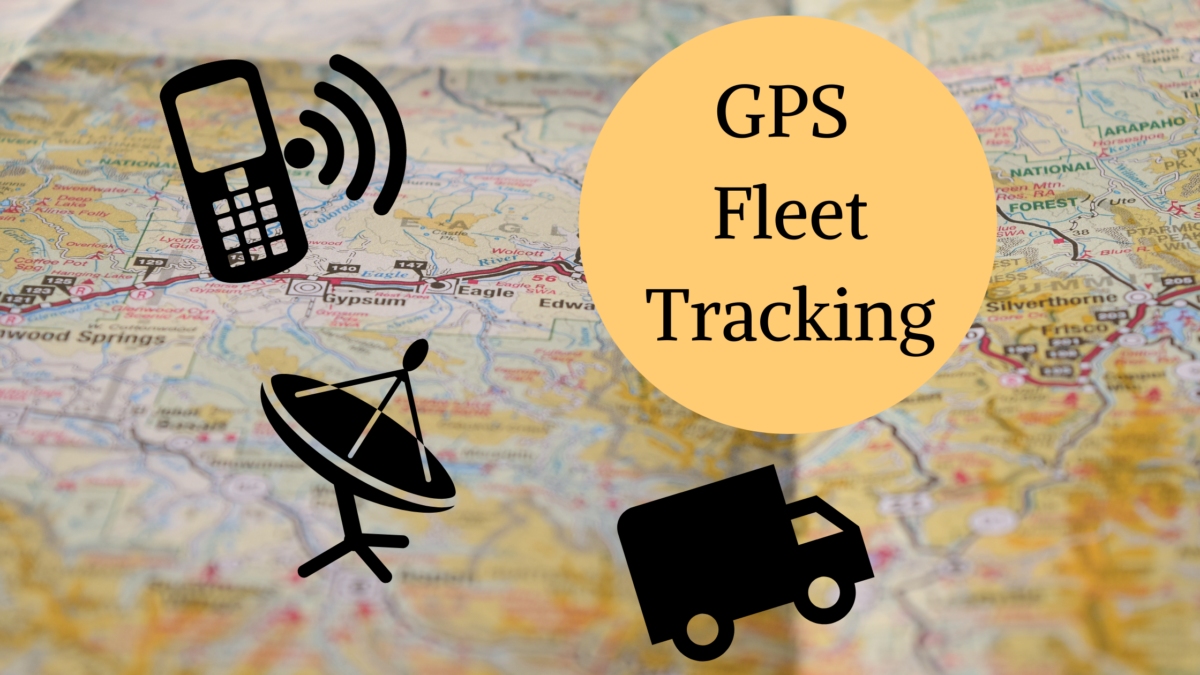Today we all rely on GPS to get from point A to point B whenever we go anywhere new. Two entire industries have been born out of the ubiquity of GPS via our smartphones: The first being ride services like Uber and Lyft, the other being delivery services like Grubhub and Door Dash. GPS allows these drivers to easily accomplish a job that would have previously required an intimate knowledge of the area. But GPS helps us in many other ways too. So, let’s learn about how GPS fleet tracking works.
GPS stands for global positioning system. It’s a system that uses satellites to communicate with servers to provide real-time information to the user. It was created by the United States government back in 1973, with the first prototype launching in 1978. In the ‘80s civilian access was allowed, making the global positioning system free to use for anyone with a receiver. This passage from Wikipedia explains how it all works:
Each GPS satellite continuously transmits a radio signal containing the current time and data about its position. Since the speed of radio waves is constant and independent of the satellite speed, the time delay between when the satellite transmits a signal and the receiver receives it is proportional to the distance from the satellite to the receiver. A GPS receiver monitors multiple satellites and solves equations to determine the precise position of the receiver and its deviation from true time. At a minimum, four satellites must be in view of the receiver for it to compute four unknown quantities (three position coordinates and clock deviation from satellite time).

Image from gpsinsight.com
So, what is fleet tracking? Here at Dare, we have many trucks being sent all across the Delaware Valley. GPS fleet tracking is how we keep track of all of our trucks and employees. This allows us to know where everybody is at every moment of the day to ensure that every job we have is getting done right on time. If something goes wrong and a driver needs help, we can easily find their location and quickly assist them.
Fleet tracking keeps workers safe as well. An Oklahoma line worker used a special “panic button,” which was connected to his company’s GPS tracking to signal for help when his truck suddenly caught fire. One company suffered a number of accidents and used their GPS data to locate a particular curve on the highway that was troubling for drivers. This led to the development of an in-cab alarm that would warn drivers of the danger. According to GPSinsight.com, since the installation of this alarm, the company has not had a single accident cause by that dangerous section of road.
GPS fleet tracking is one of the most valuable tools companies like Dare have available to them and at Dare, we use it to its utmost potential. Every day, throngs of data pour into the offices at Dare. This information is analyzed by our team to ensure that we’re always performing at the top of our game.
Call dare today
or click here to request a quote and see the results for yourself!





